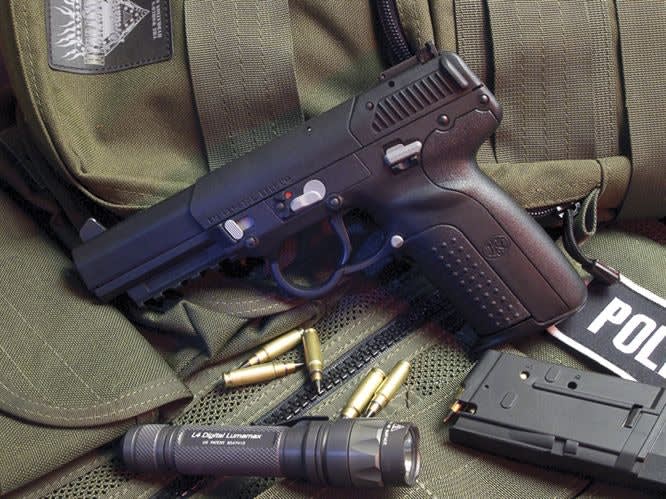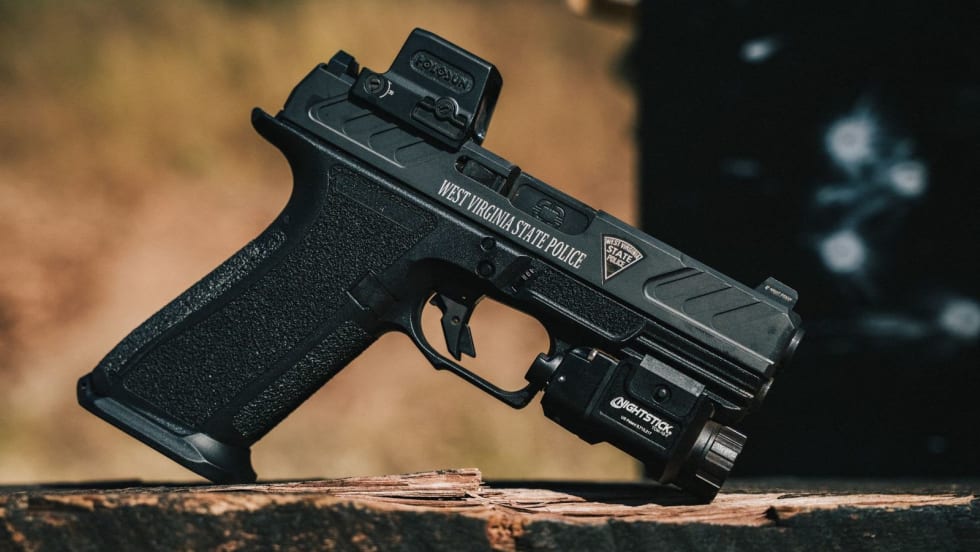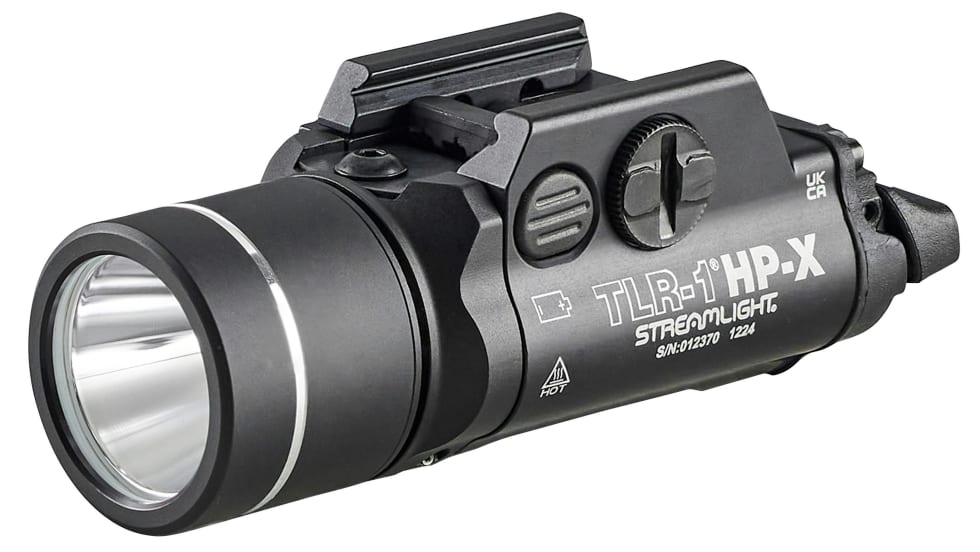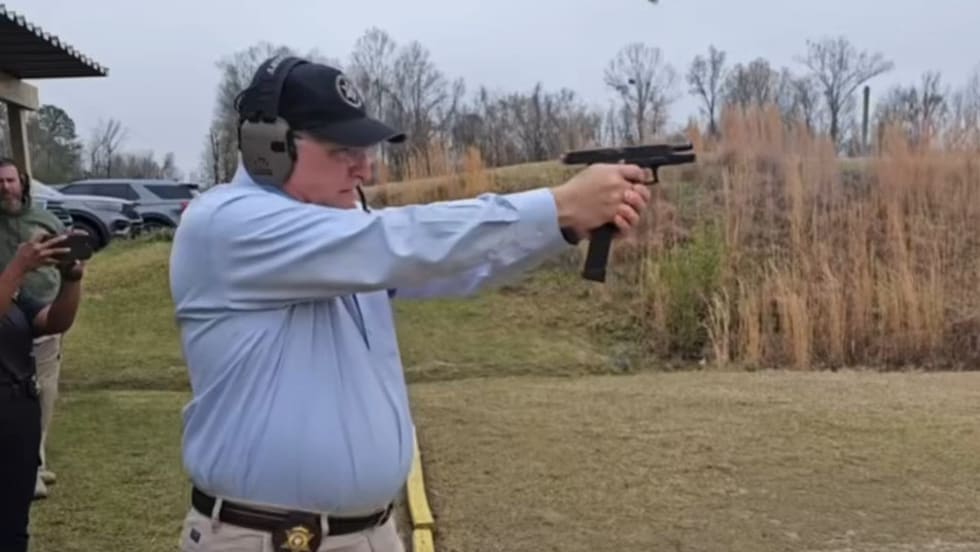The first thing you need to know is that it comes in two versions: one for law enforcement and the military, and one for civilians. SS190 is the designation for the LE-only rounds. SS192 is the designation for lead-core, non-armor-piercing civilian rounds.
FN's 5.7x28mm SS190 ammunition was designed to bridge the gap between 9mm ammunition and the 5.56x45mm NATO round known in the United States as .223 Remington. The 9mm FMJ round is one of the world's most popular handgun and subgun rounds but it and other heavy handgun bullets, including the .40 S&W and .45 ACP, will not penetrate modern body armor. While .223 rounds punch through soft body armor with no problem, they also have drawbacks. A .223 achieves its potency with velocity and it has a lead core, so it often hits its target and keeps going, raising overpenetration concerns in close combat or in an urban tactical situation.
In contrast, FN's SS190 armor-piercing 5.7mm ammo has a unique design that prevents overpenetration despite its high-velocity impact. The tip of each SS190 bullet has a steel penetrator followed by an aluminum core that is heavier than the forward tip. This causes the bullet to tumble in soft body tissue after two inches of penetration, creating a large wound cavity and virtually eliminating the risk of overpenetration and subsequent unintended casualties.[PAGEBREAK]
SS190 ammo won't overpenetrate, but it will go right through 48 layers of Kevlar at up to 200 meters when fired from the 10.2-inch barrel of the P90. The ammo achieves this armor-piercing performance by stepping out of the P90 at a velocity of about 2,346 feet per second. When fired from the shorter barreled Five-seveN handgun, SS190 ammo can penetrate 48 layers of Kevlar at 50 meters. Service, tracer, subsonic, training, and blank rounds are available and supplied in the U.S. by Olin.
Unique But Familiar










